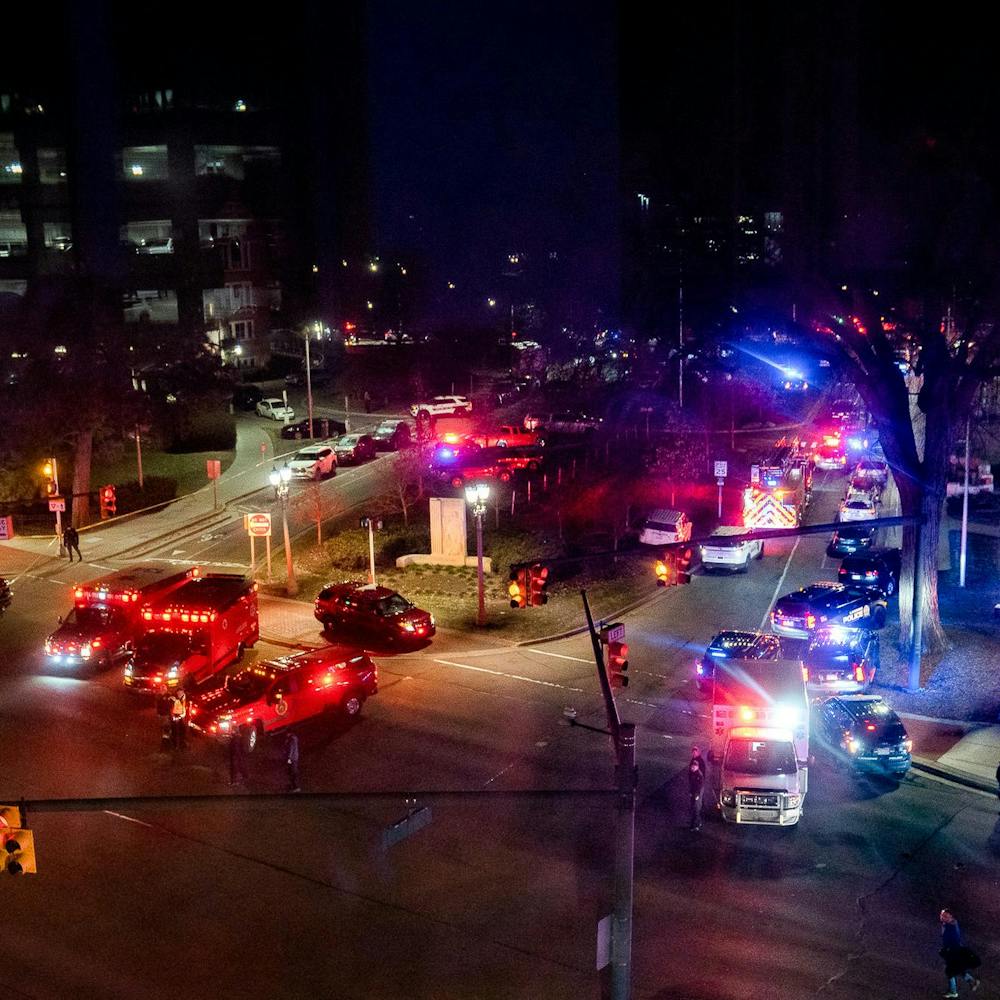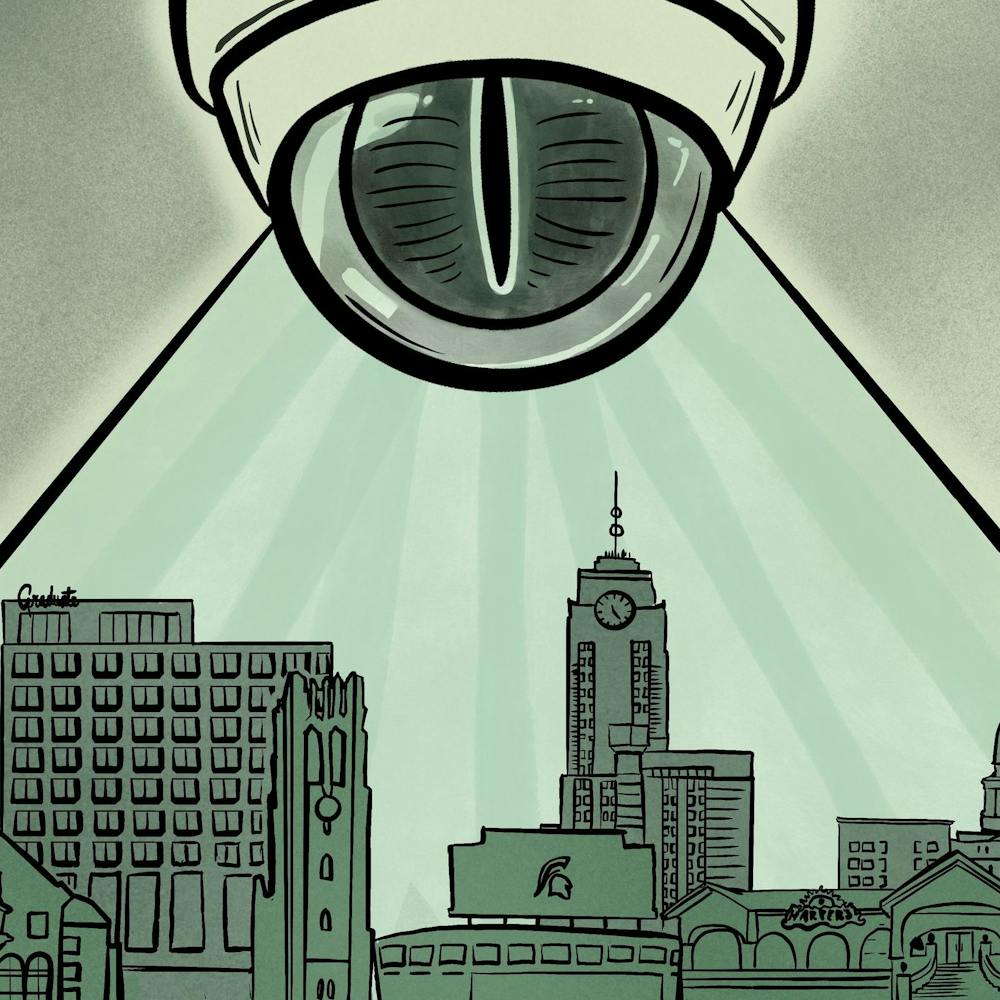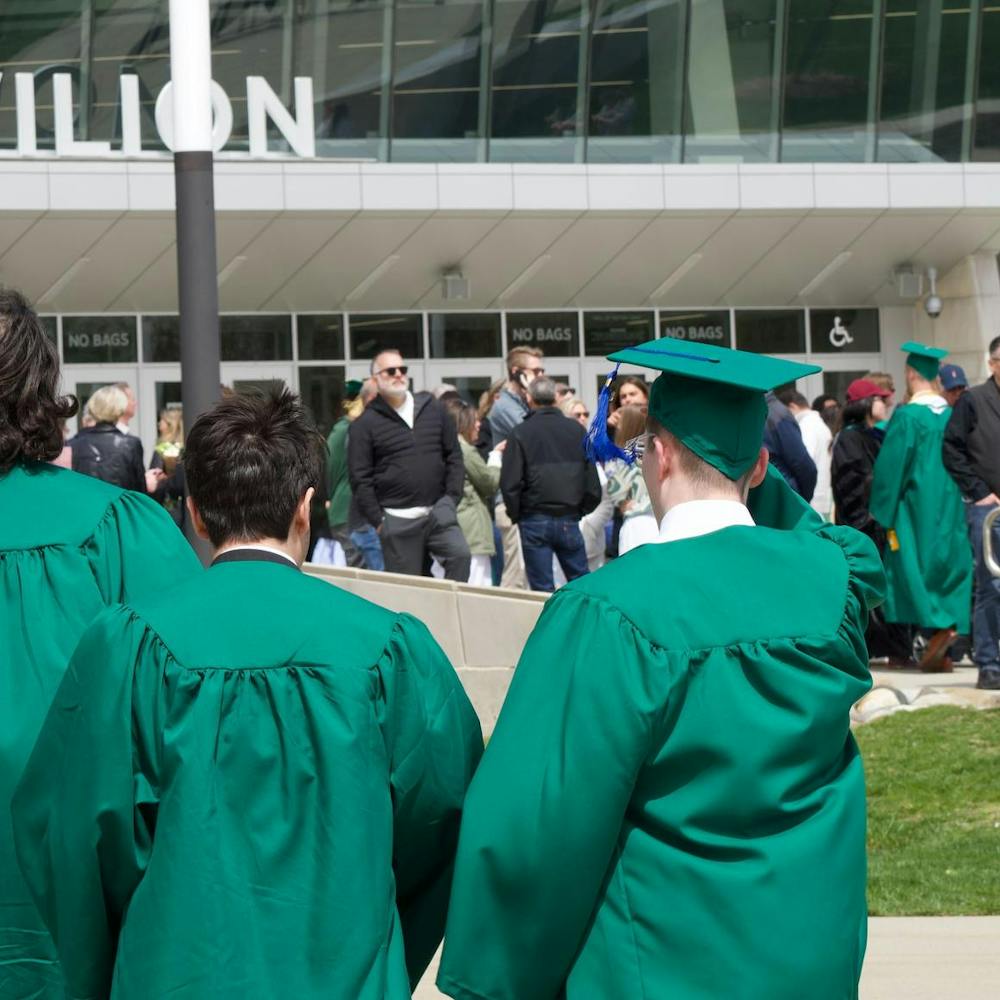Red lights, camera, preventative action.
A study completed in Oxnard, Calif. by the Insurance Institute for Highway Safety this week reported that cameras installed at intersections to catch red-light runners are decreasing the number of collisions and injuries.
The institute estimates that more than 800 people are killed and 200,000 injured every year in red - light crashes in the United States.
The city of Oxnard placed cameras at 11 of its 125 intersections in 1997. Collisions were reduced by 7 percent and crashes resulting in injuries dropped 29 percent.
The cameras snap a photograph of a vehicle as it passes through an intersection that should be stopped. While most of the 50 cities nationwide using the technology take a photograph of the vehicle’s license plate only, California and Arizona also allow frontal photography.
East Lansing officials sought a legal opinion regarding placement of cameras at certain intersections in February.
Although city officials are still waiting to hear the advice, Councilmember Beverly Baten said the city council is likely to take another look at the technology.
“If we get our budget in shape and build up our reserves, we’ll take a look at it and see if it’s going to be worthwhile,” she said. “There’s a lot of money out there. If we think it’s worth it, we’ll find it. If it saves lives, we’re all for it.”
While the cost of any traffic technology is not low, Richard Retting, senior transportation engineer for the institute, said many red-light cameras are paid for with grant money in the amount of fines collected.
With the level of effectiveness seen in other parts of the country, Retting said there is no reason why red light cameras shouldn’t be as effective in East Lansing - a city with students, permanent residents and families alike.
“(The cameras) are present seven days a week, 24 hours a day,” he said. “This type of approach, because it has a high level of certainty of being ticketed, it sees changes almost over night.”
Retting said the decrease in injuries was seen in intersections throughout the city, not just at camera intersections.
“We’ve known for a long time now that red light cameras cut down on drivers’ running of red lights,” he said. “Now we have a follow-up study that translates those changes in behavior in to having safer intersections.
“Drivers are obeying traffic lights as a result of camera enforcement.”
While Michigan laws prohibit municipalities from mailing tickets to red-light runners caught on camera, a bill has been introduced by state Rep. Jack Minore, D-Flint, to change the law and allow cameras in Michigan intersections that have already tried to solve red-light problems.
“I’m cautiously optimistic, but there is concern,” he said. “Some are concerned that they will be abused. My sense is that the camera is more objective than the officers are.
“It is not a bill that there is a lot of wild enthusiasm. The technology is a little uncertain.”
Minore’s bill requires intersections to be posted with signs when there are cameras, allows photographs to be taken only of the rear half of vehicles and issues tickets to the vehicle owner without putting any points on his or her license.
I’m hopeful,” he said. “We’re working on it. We’re in need of it.”






